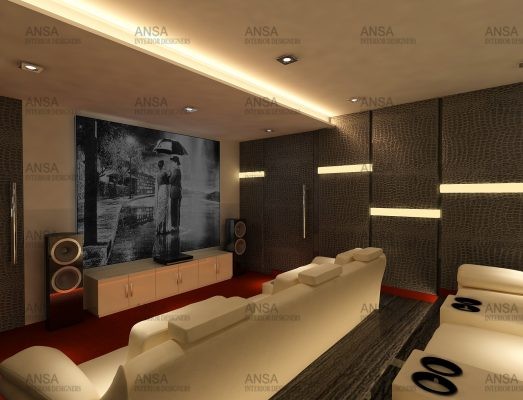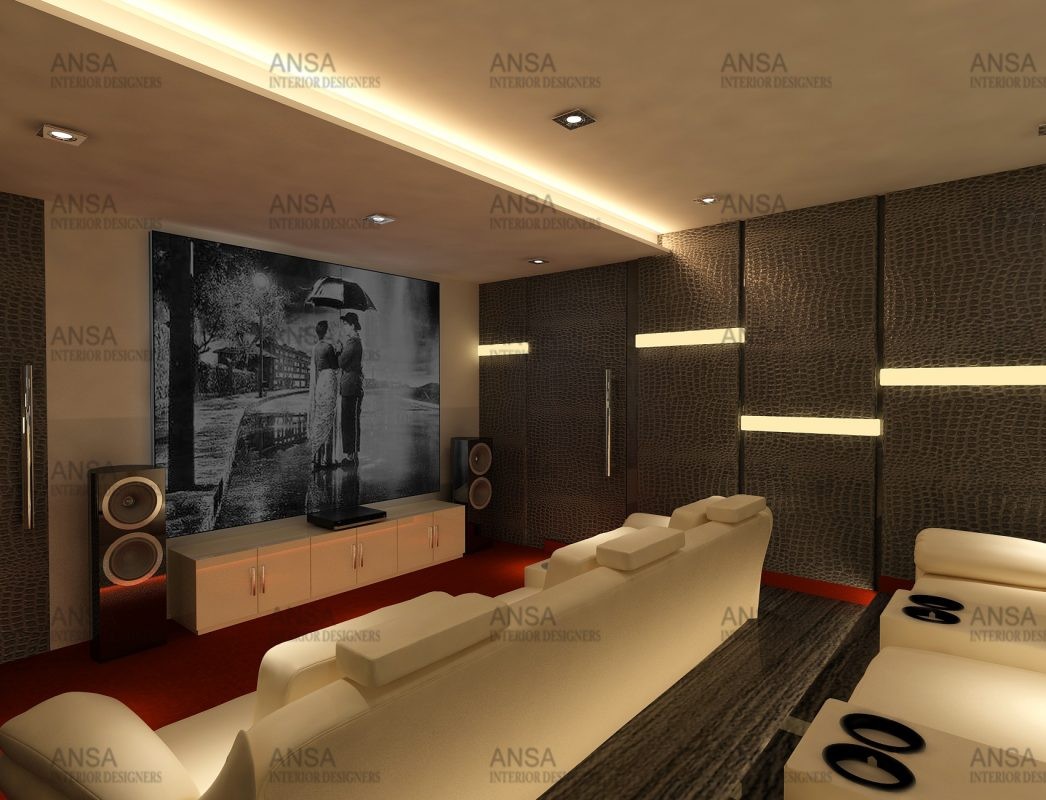1. What is the one myth about acoustics that a common man/architect must know?
Acoustics does not mean making the space sound dead. It is good to have some reflection of the sound in a room. Hearing some of the mixes come back to our ears from various parts of the room can help create a realistic stereo image and a more open natural sound. So while doing acoustics, it is not necessary to slap acoustic material on all surface areas of the room. As a thumb rule, 70% coverage will do the trick.
2. What are the most effective acoustic products with absorptive/ reflective/ diffusing traits?

The most used acoustic treatment in home studios is absorption. Absorption treatment most comes in the form of tiles, and these can be of various densities and textures. These tiles will actually absorb a proportion of the sound that hits them. This means less reflection and less of the signal coming back to the listener.
Other materials used are acoustic foam panels, fabric wrapped panels, fabric wall covering, baffles and banners, blankets and rolls. Typical materials are open cell polyurethane foam, cellular melamine, fiberglass, fluffy fabric and other porous materials.
Believe it or not, some reflection of the sound in our work space is actually a good thing, The diffuses reduce the intensity of sound by scattering it over an expanded area. Traditional bass traps, octave diffuse tiles are typical diffuser material available in the market.
3. What kind of spaces in each of these applications for?
The absorption material like foam panels, fabric panels, rolls, and blankets are used to cover walls; whereas baffles, banners are used for the ceiling. The carpeting is for the floor.The absorption material like the bass trap is for corners and octave diffuse for a ceiling.
4. How can acoustics be incorporate in our general spaces to improve the quality of living?
An amount of acoustics is by default present in our ambiance where ever we go. The cars, offices, residences, all have some absorbing materials. But with a few thoughtful steps, the sound can sound better and with fewer echoes with use of acoustic materials. The choice of fabrics in a home for curtains, sofa sitting, carpets, wall cladding will affect the sound reflection. Acoustic and soundproofing is an essential part of offices.
5. What are the factors one must look into while purchasing an acoustic tile?
The ceiling acoustic tiles are available in a lot of designs. They all reduce noise to a certain extent. But it is also important to look into other qualities of the tile like their withstand to water from ceiling sprinkler systems as well as prevent mold and bacteria s, the fire resistance and ability to tolerate the heat from light fixtures.

